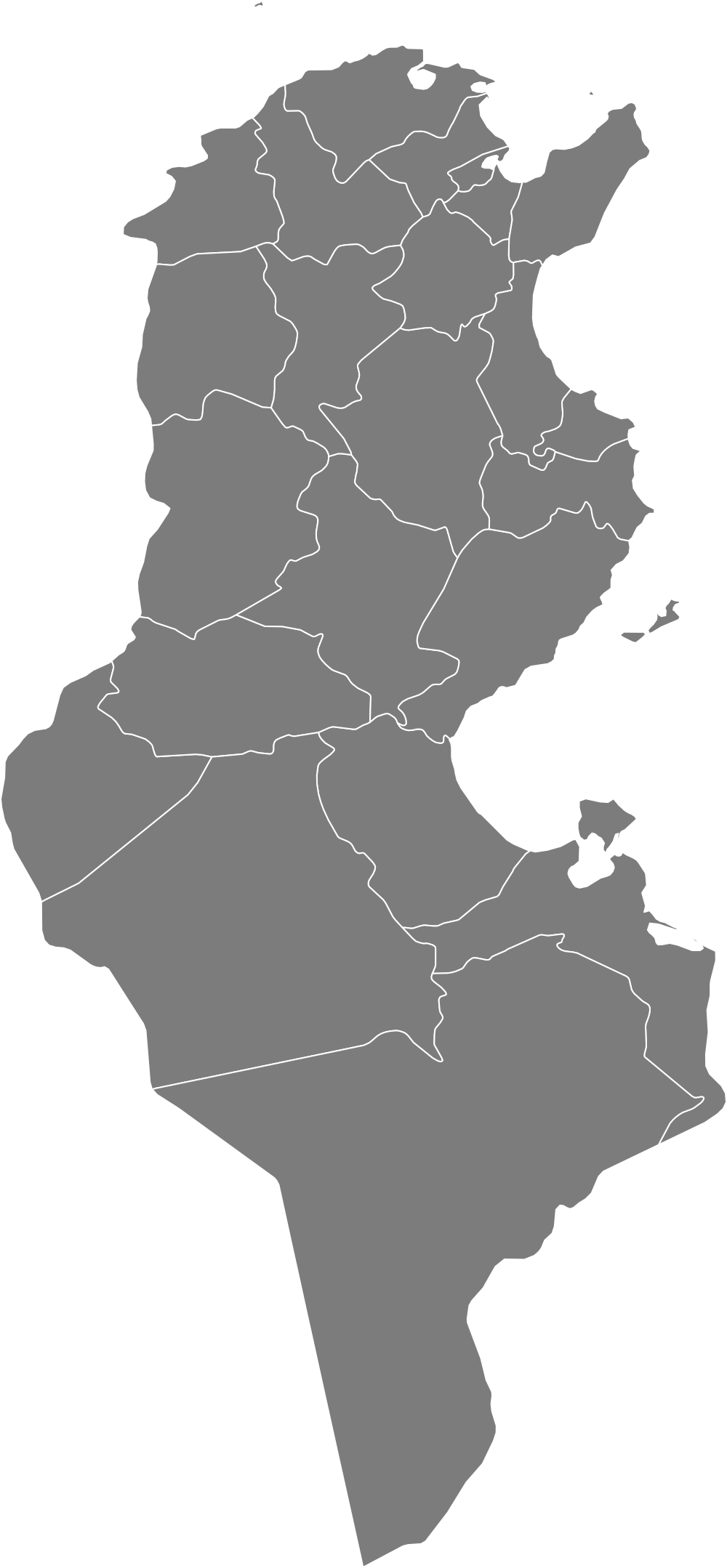Running away from the Taliban
The Afghans are very represented in the data related to irregular entries in the european union territory. During the 1990's, the collapse of the Soviet Union led to a vacuum of leading power in Afghanistan. The Talibans finally takes it over in 1996 and establish an obscurantist islam stricly regulated by the Charia. Following the terrorist attacks on the american floor of the 9/11, George Bush convinces the British to help him to overthrow the taliban governement in Afghanistan. An International Security Assistance Force is set up this year. An islamic Republic is instaured and Hamid Karzai was democratically elected president in 2004.
Nevertheless, there is still a great deal of instability in the country. The Talibans unit their forces and recover the South of the country in 2006. They ask for the departure of stranger military forces and the resignation of Hamid Karzai. A lot of civilians were threatened, bombed, killed. The first peak of afghan irregular entries in European Union is in 2010. In the third trimester of 2009, 191 irregular afghan entries are counted through the Eastern Mediterranean land door for 11006 on the second trimester of 2010 and 8129 on the third. In spite of the 150 000 soldiers from the international coalition on the afghan territory and according to the United Nations' figures, 2010 is the more deadly year since the beggining of the XXIth century for afghan civilians.
The figures from the Frontex agency also reveal a peak in afghan arrivals in 2015. On the third trimester, 162 920 Afghans cross the Eastern mediterranean sea door. This number diminishes to 39 285 on the first trimester of 2016. Meanwhile, a lot of afghan people also arrive in European Union by the West Balkans land door. On the second trimester of 2015, there are 35 002 to attempt to cross the borders. Then, it decreased to 11 841 on the third trimester. In 2010, Barak Obama and the NATO announce the retreat of the international troops. Since 2014, the afghan national army has to deal alone with the Talibans. Whereas already 2800 civils get killed in 2010, more than 3500 lose their life in 2015 which can explain the second peak.

War against ISIS
The data reveal a peak of irregular entries in European Union from Iraqi at the end of 2015. On the second trimester of 2015, 7607 Iraqi were counted on the Eastern Mediterranean land door. They were 81 715 on the third trimester of 2015. Then, the figure dropped to 24 238 on the first trimester of 2016. In 2014, ISIS invaded a great part of the iraqi territory. An international coalition was created this same year to help iraqi army to push the islamists back. A big part of the fighting happened at the end of 2015. That can explain the impressive increase of departures from the country.

Syrian's quagmire
The Syrian example shows that migration flux does not only depends on the situation of the departure country. In Syria, like in Tunisia, major protests began in 2011 against the government but - unlike in Tunisia - the revolution did not stop after two months and is still ongoing. Since then, a constant flux of migrants is fleeing the war. The Syrian civil war has been particularly deadly for civilians, with around 100 000 casualties from the beginning of the war in 2011 to november 2017. This also caused the almost complete destruction of cities like Aleppo making millions of people lose their homes and forcing them to leave the country.
The conflict started in 2011 but we can see that the number of border crossings exploded in 2015, four years after the beginning of the revolution. This shows that when a migration flux is spreaded on several years, the variation at the borders depends less on the situation inside the country of departure and more on the evolving policies of the receiving countries. In 2015, the crossings of the Eastern Mediterranean border by Syrian refugees started to increase rapidly, from less than a thousand in January to more than 100 000 in October.
First of all, Syrian refugees didn’t go straight to Europe, the first people fleeing the country were going in priority to countries closer to Syria (Turkey, Egypt, Iraq, Lebanon, Jordan). According to Amnesty International, these five countries had already welcomed around 3,2 million Syrian refugees in July 2015. After receiving so many people the standards of living were degraded and migrants were forced to go elsewhere.
Moreover, in September of 2015, Angela Merkel announced that Germany was going to open its borders to refugees, reducing their chances to be sent back to Syria if they tried to go to Europe. After the peak of October, the flux passing through the Eastern Mediterranean road then quickly decreased and stabilized between 1000 and 2000. In March 2016, the EU signed a deal with Turkey so that, in exchange to three billions euros, every migrant arriving in Greece by the Mediterranean can be sent back to Turkey, where he is taken care of.

A Short Revolution
Tunisia is a good exemple of how a conflict can suddenly increase the number of people fleeing a country. The dataset shows a sudden burst of immigration from Tunisia in the beginning of 2011. In 2010, the number of illegal borders crossings never exceeds 200 a month. In 2011, this number all of a sudden raises to more than five thousand in February then to 14 000 a month later. It then quickly decreases to a more average number. This peak of Tunisians crossing the central Mediterranean road coincides with the « Tunisian Revolution ». A wave of major protests against Ben Ali took place across the country, inciting thousands to flee to Europe. The relative shortness of the revolution (two months) explain why the number of migrants quickly returned to normal.
